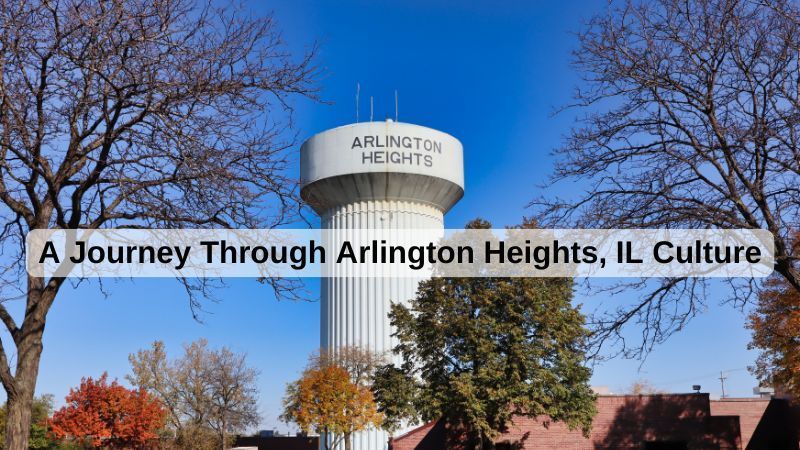Experience the Charm of Elgin: Your Ultimate Guide
Keeping a large family home organized can seem daunting. After all, how can you clean such a big house?!
Luckily, there are hacks you can do to ensure that your house keeps its pristine condition. Discover what those home organizing tips are in this post:
HAVE A COMMAND CENTER
The key to having an organized house is to keep the process as streamlined as possible. And the best way to streamline your cleaning process is to have a “command center.”
It can be as simple as having a corkboard where everyone can find their tasks and leave notes.
The key here is to keep everything you need in one place. That way, there is no need for you and your family to go back and forth to get their task done.
CLEANUP EVERY NIGHT
Before going to bed, check every room in the house for any last-minute cleanups. This can include placing the remote in a container near the TV or turning off the lights in an unoccupied room. You can also ask your family to do the same. Let your spouse check if the doors and gates are locked while your kids prepare themselves for bed. The rationale here is to ensure that you have minor cleanup to do first thing in the morning. That way, you can start the next day afresh.
USE LONG-TERM STORAGE
The benefit of having a large family house is that you can get creative with your storage solutions. Doing so allows you to keep your belongings out of sight. This ensures that you have a clean home.
For instance, you can keep your old furniture pieces in your basement. That is until you have decided what you want to do with it.
The only caveat is that often, we forget what items we have. That said, it is best to always check your long-term storage before you buy a new appliance or furniture. Another thing you can do is only keep your items in the basement for a certain period before you dispose of them.
DESIGNATE A STORAGE FOR EVERY FAMILY MEMBER
Another way to organize a large family home is to give each family member their storage.
For example, you have a hamper for each family member. And then ensure to bring it to the laundry area the night before your laundry day.
Another is to ensure that your kids have their closets. That way, their clothes will not mix up, reducing the chances of not finding their favorite outfit.
Having their closet is also an excellent way to teach your kids responsibility. So, after you wash, dry, and fold your family’s clothes, ask your kids to bring and organize them in their designated closet.
GET YOUR FAMILY INVOLVED
Whether you live in a 900-square feet city apartment or a mansion, it is best to get your family involved in keeping your house organized.
Doing so helps reduce the workload that you need to do. And it also instills responsibility to other family members, especially your kids.
The best way to involve your family in cleaning is to set a cleaning schedule. Another is to give every family a particular task.
For example, let your kids collect their laundry and bring it to your laundry area every Friday night. That way, you only need to do the laundry.
CONCLUSION
When you have a large family home, it can be challenging to stay organized. But the cleaning tips listed above can make decluttering a smooth sailing process.
Still, keep in mind that you do not have to do it alone. You can ask your family for help or hire a professional home cleaner. That way, you can always have an organized family home.




